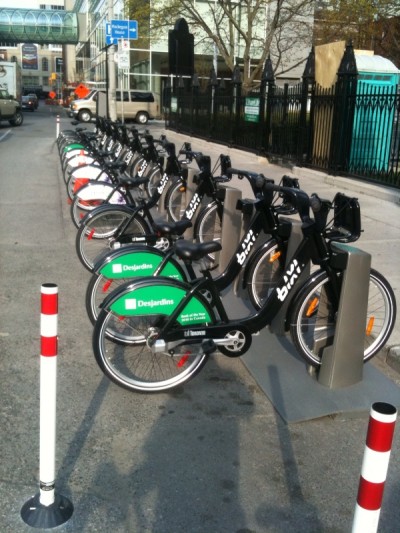Most new parents think about setting up an Registered Educational Savings Plan (RESP) when their child is born. However, between 2 am feedings, lining up daycare and a general lack of money, it’s very easy to put the RESP idea on the backburner and forget about it.
The great thing about RESPs is that they are flexible enough that you can start one when your child is older and still get most, if not all of the free government grants.
Here are a couple of suggestions on when to start an RESP account for an older child and still get a decent amount of grants.
Start an RESP during the year your child turns 10
If you start contributing to an RESP account during the year your child turns 10, they can still receive the lifetime maximum RESP grant amount of $7,200.
To accomplish this – Contribute $1,000 in the year when the child turns 10 years old. Then contribute $5000 per year up to and including the year when the child turns 17 years of age.
This will give you the maximum $7,200 grants for that child.
If you are eligible for additional grants based on income, the lifetime grant limit can be reached even if the RESP isn’t started until the year the child turns 11 years of age.
Additional grants are included in the $7,200 lifetime grant limit, which means you can contribute a bit less than the first example and still get the full grant amount.
If your net family income is between $42,707 and $85,414, you can contribute $4,250 in the year when the child turns 11 and $5,000 for the next six years to get the maximum grant.
If your net family income is $45,414 or less, you can contribute $2,500 in the year when the child turns 11 and $5,000 for the next six years and still get the maximum grant.
The very last minute RESP
If your child is starting to talk about taking driving lessons next year and you still haven’t started an RESP account, it might not be too late.
This last minute strategy involves contributing in the years when the child turns 15, 16 and 17 to get the maximum allowable grant.
At this point you should have a decent idea if the child will be able to use the money, so there is less risk that you will have to collapse the account if they don’t attend post-secondary education.
If you are eligible for the basic 20% RESP grant, contributing $5,000 per year for the years where the child is turning 15,16 and 17 will give you a total of $3,000 of RESP grants. Your RESP account will be worth $18,000 plus any earnings when the child is ready for school.
If you are eligible for the 10% additional grant, the total grants will be $3,150. If you are eligible for the 20% additional grant, the total grants will be $3,300. To find out if you are eligible for additional grants, see the article RESP – Additional Grants Eligibility.
This is a pretty good deal.
What about contributing in the last year or two of eligibility? Unfortunately, if you haven’t started the RESP by the year the child turns 15, they won’t be eligible for any grants in the last two years. Here are the RESP grant eligibility rules for 15, 16 and 17 years olds.
It helps to start early – even a small contribution is a great way to start
Dan Bortolotti of the Canadian Couch Potato blog and his wife are currently contributing $5,000 per year for both of their high-school aged kids in order get the maximum RESP grant amount before it is too late.
Dan was only 24 years of age when he had his first child. He and his wife decided to start an RESP and contribute $60 per month because that was all they could spare at the time. He says
Over the years, we kept gradually increasing the monthly contribution. It was only the last few years that we cranked up the contributions in order to get the maximum amount of RESP grants ($7,200 per child).
His advice to new parents
Start early and contribute what you can, even if it is a small amount. Try to increase the contributions every couple of years. Later on when the kids are older, call the CRA RESP phone line 1 800 267 3100 and ask how much contribution room is available. Use this information to calculate how much you have to contribute to max out the RESP grant.
He also suggests temporarily lowering your RRSP contributions in order max out the RESP.
You can make up your RRSP contributions later on, but there is a time limit on the RESP contribution room.
Dan also says
You can save for both your retirement and your kids educational plans, but not necessarily at the same time. Reducing RRSP contributions for a few years frees up cash that allows us to get all the available RESP grants.
Conclusion
Ideally RESP accounts should be established when the child is young in order to capture the most growth from your investments. It is possible however to start an RESP when the child is older and still reap many benefits from the program.
 What I liked
What I liked What I didn’t like
What I didn’t like